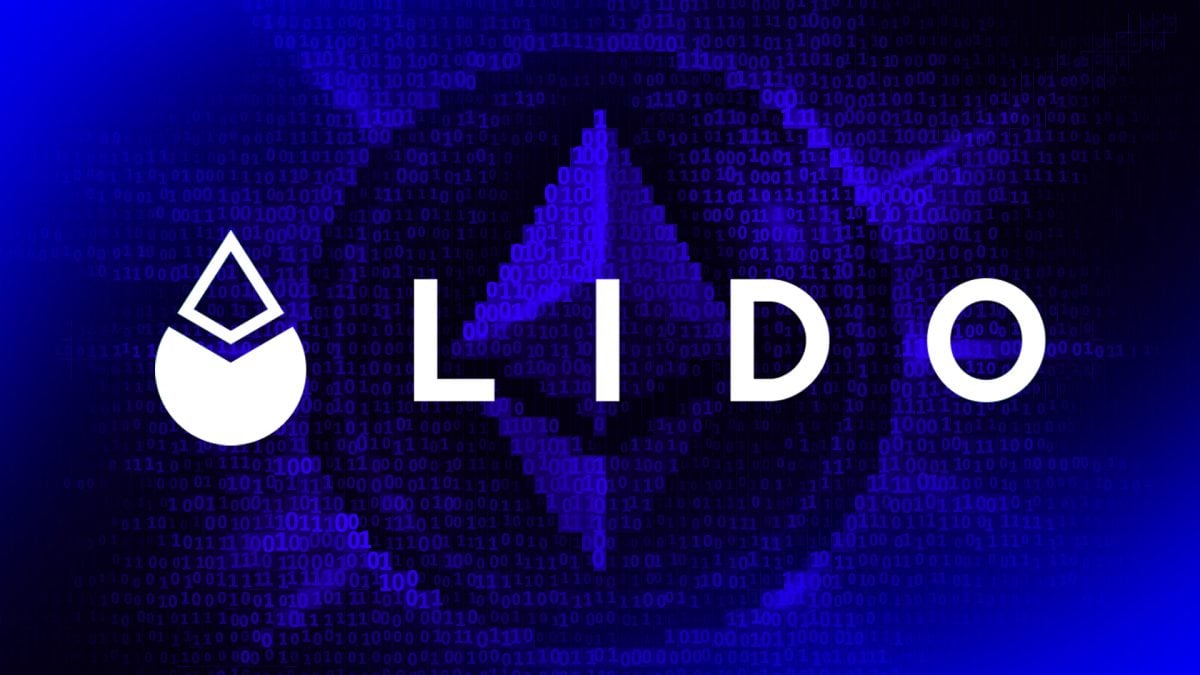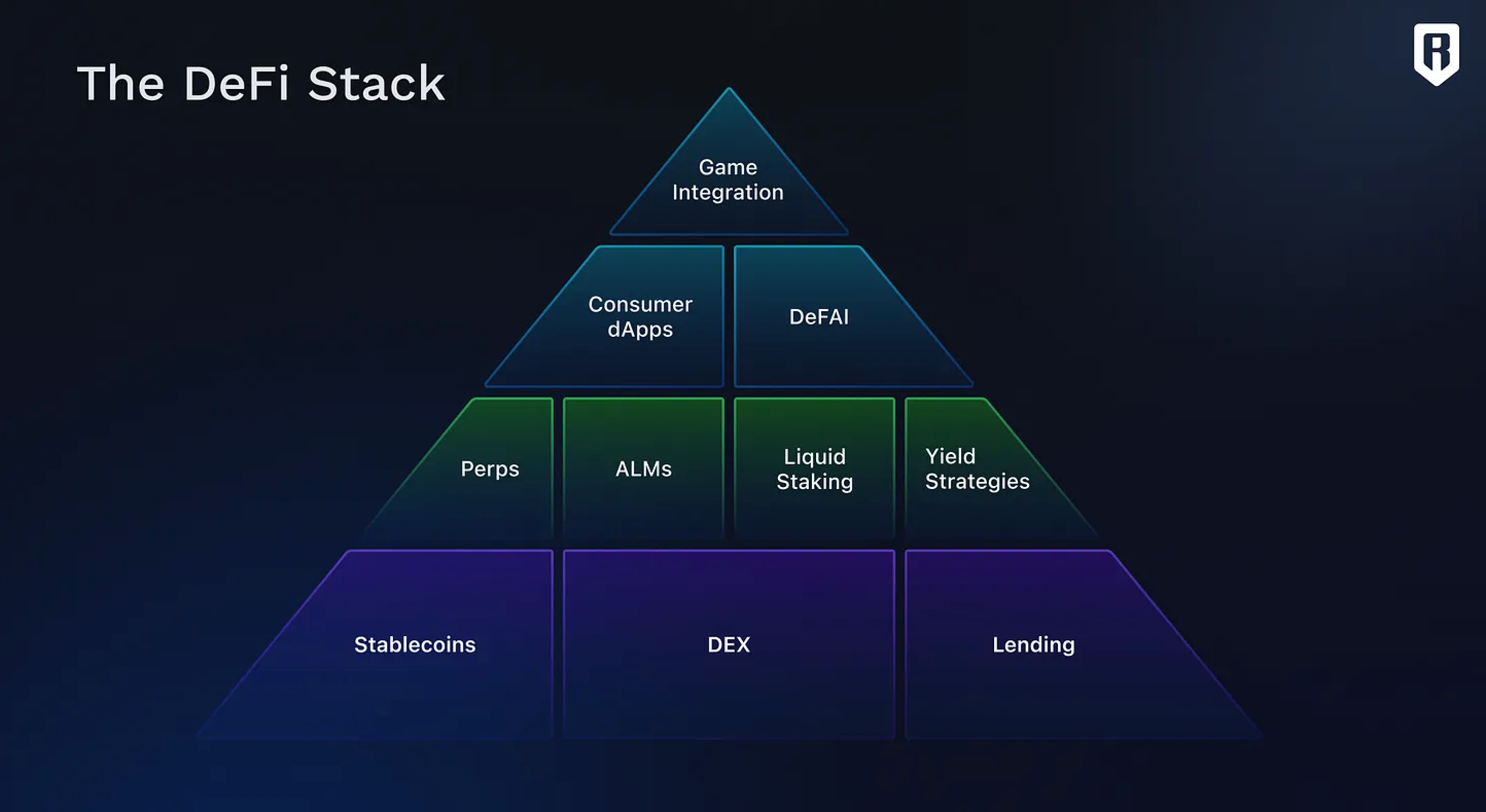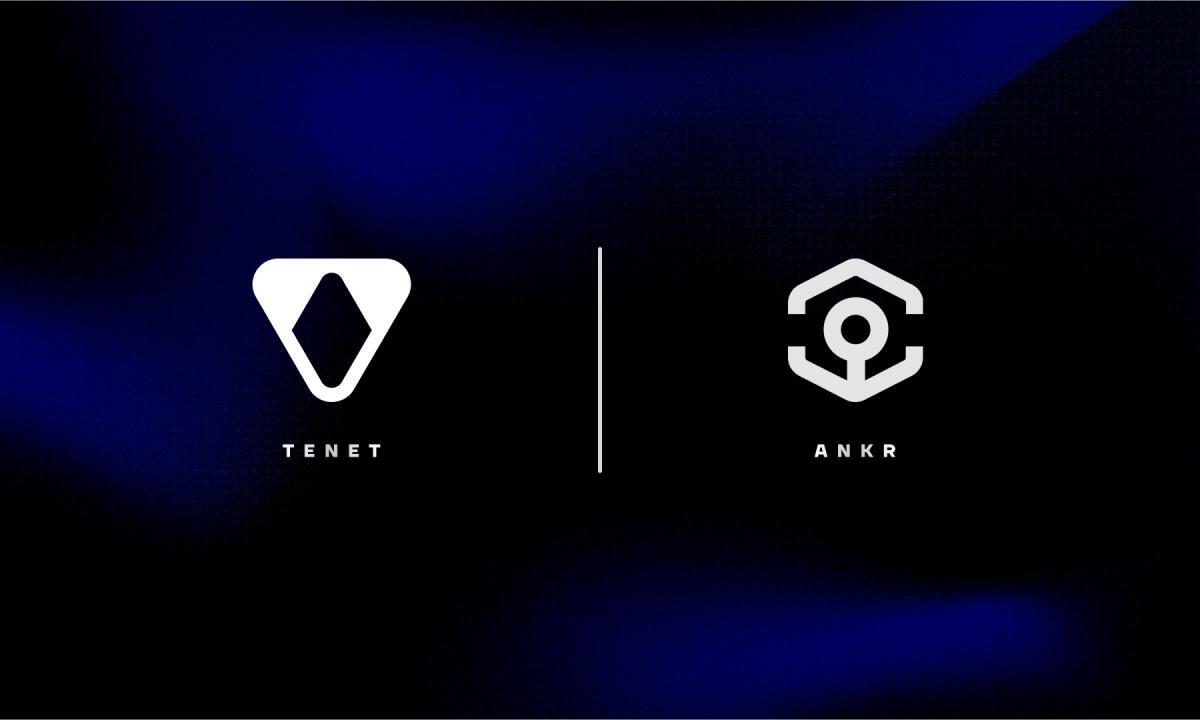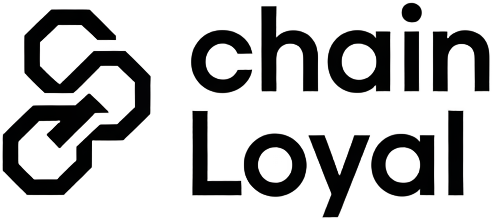
Staking has long been a pillar of Proof-of-Stake (PoS) blockchains, incentivizing users to secure networks in exchange for yield. However, traditional staking locks up assets, limiting their utility and capital efficiency. Enter liquid staking: a transformative model that allows users to stake their crypto and simultaneously receive liquid staking tokens (LSTs). These LSTs can be freely traded or deployed across DeFi protocols, unlocking new layers of yield generation and composability.

How Liquid Staking Supercharges Lending Protocols
The integration of liquid staking with lending protocols has catalyzed a new wave of DeFi yield amplification. Here’s how it works: When users stake assets like Ethereum, they receive an LST such as stETH or rETH. These tokens are not only proof of staked funds but also fully transferable and usable throughout the DeFi ecosystem.
Lending platforms like Aave and Compound now accept major LSTs as collateral, letting users borrow against their staked positions without sacrificing staking rewards. This mechanism is a game-changer for capital efficiency, users can earn on-chain loyalty rewards from both staking yields and lending activities simultaneously.
Market Data: Liquid Staking Overtakes Lending in TVL
Recent market data underscores the growing dominance of liquid staking within DeFi. As of February 2023, the total value locked (TVL) in liquid staking protocols hit $14.1 billion, surpassing the $13.7 billion TVL in DeFi lending protocols (finance.yahoo.com). The rapid ascent is fueled by user demand for both yield stacking and increased asset flexibility, a trend likely to persist as more projects integrate LST support.
This shift is not just about numbers; it reflects a fundamental realignment in how users approach risk, reward, and liquidity management within decentralized finance.
Top Liquid Staking Tokens in DeFi
-

stETH (Lido): Supported on Ethereum, stETH is the most widely adopted liquid staking token. It allows users to earn Ethereum staking rewards while maintaining liquidity, and is accepted as collateral on major DeFi lending platforms like Aave and Compound. Lido also offers liquid staking for other blockchains, but stETH remains its flagship product.
-

rETH (Rocket Pool): Native to Ethereum, rETH is issued by Rocket Pool, a decentralized liquid staking protocol. rETH holders earn staking rewards and benefit from Rocket Pool’s decentralized validator network, which allows anyone to participate as a node operator with as little as 16 ETH. rETH is integrated with DeFi protocols for lending and collateral.
-

aETH (Ankr): Available on Ethereum and several other blockchains (including Polygon, Avalanche, Binance Chain, Fantom, and Polkadot), aETH is Ankr’s liquid staking token. It provides staking rewards and can be used across multiple DeFi protocols, maximizing both liquidity and cross-chain utility.
The Leading Liquid Staking Protocols Powering Integration
A few standout protocols have emerged as leaders in this space:
- Lido DAO: Multi-chain support with popular LSTs like stETH (Ethereum), stSOL (Solana), and MATICx (Polygon). Lido’s dominance is driven by its ease of use and broad ecosystem integrations. Read more at bingx.com.
- Rocket Pool: Focuses on decentralization for Ethereum staking via rETH. Its permissionless validator model allows anyone with at least 16 ETH to participate (cryptobullsclub.com).
- Ankr: Offers cross-chain liquid staking including Ethereum, Polygon, Avalanche, Binance Chain, Fantom, and Polkadot through its aETH token (cryptobullsclub.com).
Their growing adoption signals strong confidence in the future of integrated DeFi solutions that blend liquidity with security incentives.
Lending Protocol Mechanics: From Collateralization to Yield Amplification
The technical integration between LSTs and lending platforms is straightforward yet powerful. Users deposit their LSTs as collateral to borrow stablecoins or other crypto assets. Meanwhile, they continue earning native protocol rewards from the underlying staked assets, effectively doubling potential returns without increasing exposure to price volatility beyond what’s inherent in their collateralized positions.
Risk management is crucial here. While LSTs unlock new earning vectors, the composition of staking rewards and lending rates can fluctuate based on network dynamics, protocol governance, and broader market sentiment. Liquidations remain a risk if the value of LST collateral drops sharply or if protocol parameters change. However, with robust oracles and transparent on-chain mechanisms, leading platforms mitigate these risks and offer real-time monitoring for users.
For DeFi investors, this integration means more than just incremental yield. It establishes a feedback loop where capital efficiency drives further protocol adoption: the more LSTs are used in lending protocols, the deeper the liquidity pools become, supporting healthier markets for both lenders and borrowers. This is a foundational shift toward composable DeFi primitives that maximize user choice without sacrificing network security.
On-Chain Loyalty Rewards: The Next Layer
Projects are now layering on-chain loyalty rewards on top of liquid staking and lending integrations. By participating in both staking and lending activities through select protocols, users can unlock exclusive incentives such as protocol-native tokens, fee rebates, or governance rights. This model not only gamifies engagement but also aligns user interests with long-term protocol health.
The result is a dynamic ecosystem where users are rewarded for their continued participation across multiple DeFi verticals. Protocols like Lido DAO have already piloted loyalty programs that grant bonus rewards to users who stake and deploy their LSTs within partner platforms, further amplifying total returns while deepening network effects.
Which liquid staking token do you prefer to use as collateral in DeFi lending protocols?
Liquid staking tokens (LSTs) like stETH, rETH, and aETH are now widely accepted as collateral on major lending platforms, letting you earn staking rewards while borrowing other assets. Which LST is your top choice for lending collateral?
What’s Next for Liquid Staking Lending Protocols?
Looking ahead, we can expect increasing interoperability between liquid staking providers and lending protocols. Cross-chain bridges will allow LSTs to flow seamlessly between ecosystems, unlocking even greater capital mobility. Innovations in risk assessment, such as real-time collateral analytics powered by decentralized oracles, will make these integrations safer and more attractive to institutional capital.
For projects building on this momentum, the key will be balancing yield opportunities with transparency and robust risk controls. As TVL in liquid staking protocols continues to outpace traditional lending (currently at $14.1 billion vs $13.7 billion, per finance.yahoo.com), user expectations around security and composability are only going to rise.
The fusion of liquid staking lending protocols, DeFi yield amplification, and on-chain loyalty rewards is setting a new standard for capital efficiency in decentralized finance. For crypto enthusiasts seeking both flexibility and maximized returns, and for projects aiming to deepen user engagement, this integrated approach represents the next frontier.






